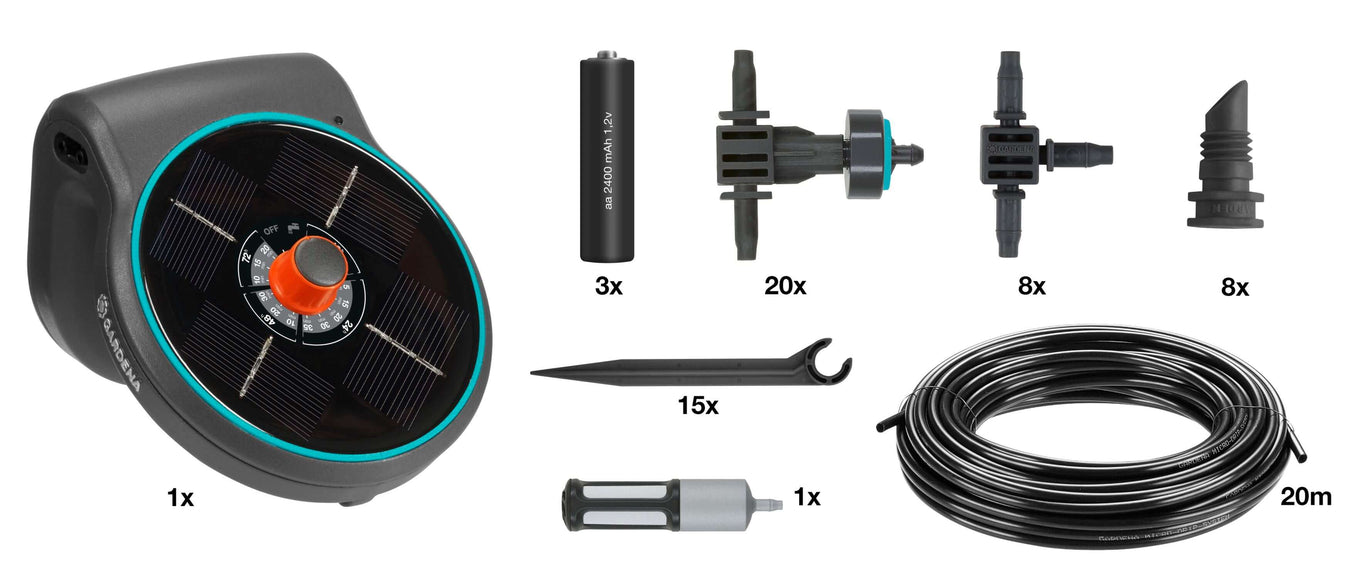(Mon-Fri 9.30am-4.30pm)
Guide to looking after Snowdrops
Snowdrops (Galanthus) are delicate and charming spring-blooming bulbs that signal the end of winter and the arrival of warmer days. To care for these early bloomers and enjoy their lovely white blossoms, here's a comprehensive guide:

**1. Planting Time: Plant snowdrop bulbs in the fall, ideally from September to November, before the ground freezes. This allows them to establish roots before the colder months.
**2. Site Selection: Choose a location with well-draining soil and partial to full shade. Snowdrops prefer dappled sunlight under trees or along the edges of garden beds.
**3. Soil Preparation: Prepare the soil by adding organic matter, such as compost, to improve drainage. Avoid heavy, waterlogged soils.
**4. Planting Depth and Spacing: Plant snowdrop bulbs about 2 to 3 inches (5-8 cm) deep and space them approximately 2 to 3 inches (5-8 cm) apart. Plant them in groups for a more natural look.
**5. Watering: Water the bulbs after planting to help settle the soil. After that, they usually don't require additional watering unless the weather is unusually dry.
**6. Mulching: Apply a light layer of mulch, such as shredded leaves or straw, to help maintain moisture and suppress weeds.
**7. Fertilizing: Snowdrops don't typically require heavy feeding. A light application of balanced fertilizer in early spring when the shoots emerge can be beneficial.
**8. Dividing and Transplanting: Snowdrops can be left undisturbed for several years, but if they become overcrowded or need rejuvenation, you can divide them after flowering. Do this when the foliage has yellowed and died back.
**9. Pest and Disease Control: Snowdrops are generally resilient, but they can occasionally be affected by pests like slugs or diseases like gray mold. Keep the area around them clean and free of debris to discourage pests.
**10. Deadheading: Snowdrops are often left alone after flowering, as their foliage continues to nourish the bulb. However, you can gently remove spent flowers if desired.
**11. Naturalizing Snowdrops: Snowdrops are known for their ability to naturalize, spreading gradually over the years. They'll create lovely carpets of white in your garden as they multiply.
**12. Protection in Extreme Cold: In very cold regions, a light layer of mulch applied after the ground freezes can provide extra insulation to protect the bulbs.
**13. Enjoying Indoor Blooms: You can also enjoy snowdrops indoors by forcing them. Plant pre-chilled bulbs in pots in the fall and keep them in a cool, dark place for a few weeks before bringing them into a warmer room to encourage flowering.
**14. Appreciating the Blooms: Snowdrops are delicate and ephemeral, so take time to appreciate their beauty up close. Their graceful white blossoms can even withstand a light dusting of snow, adding to their charm.





